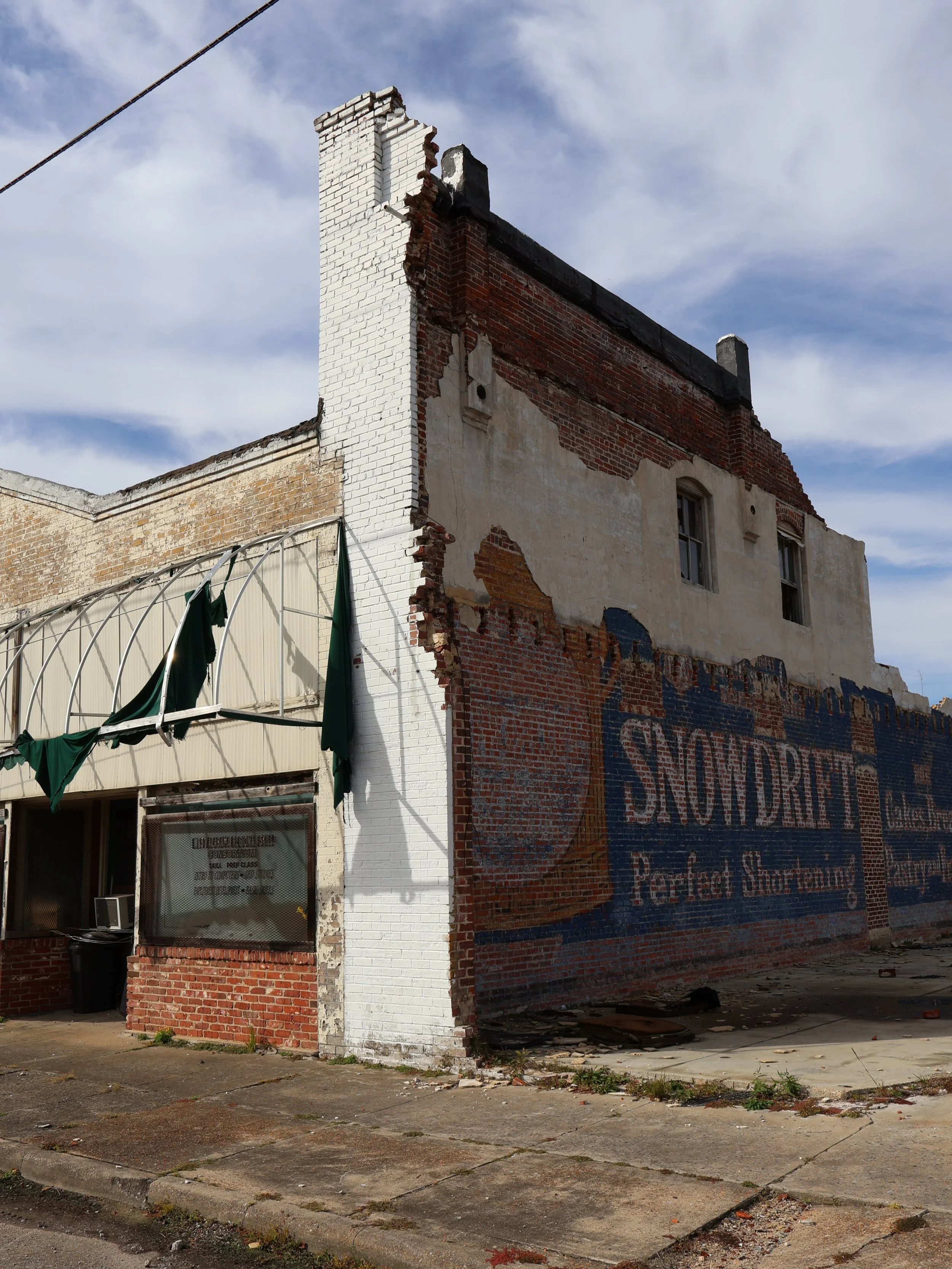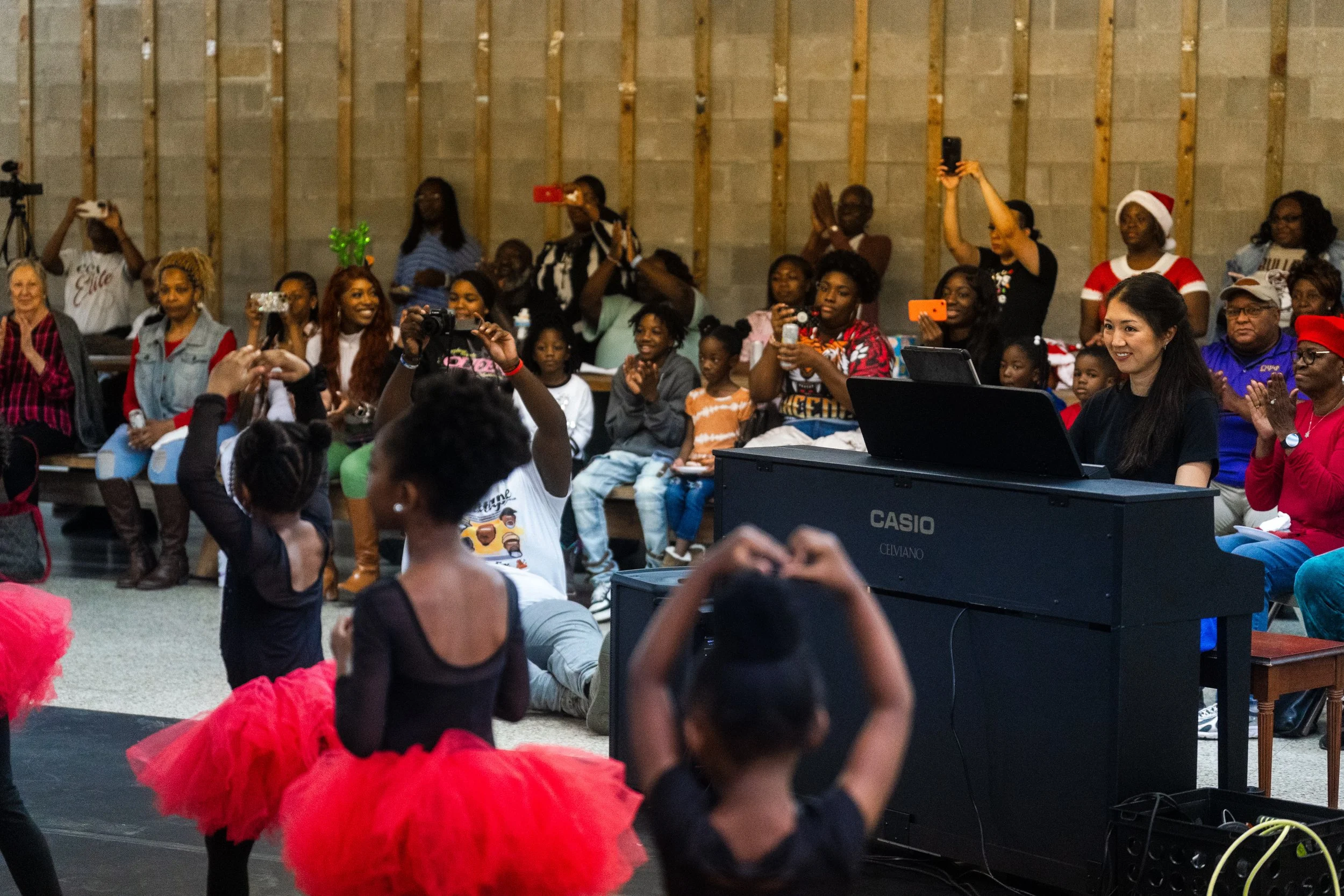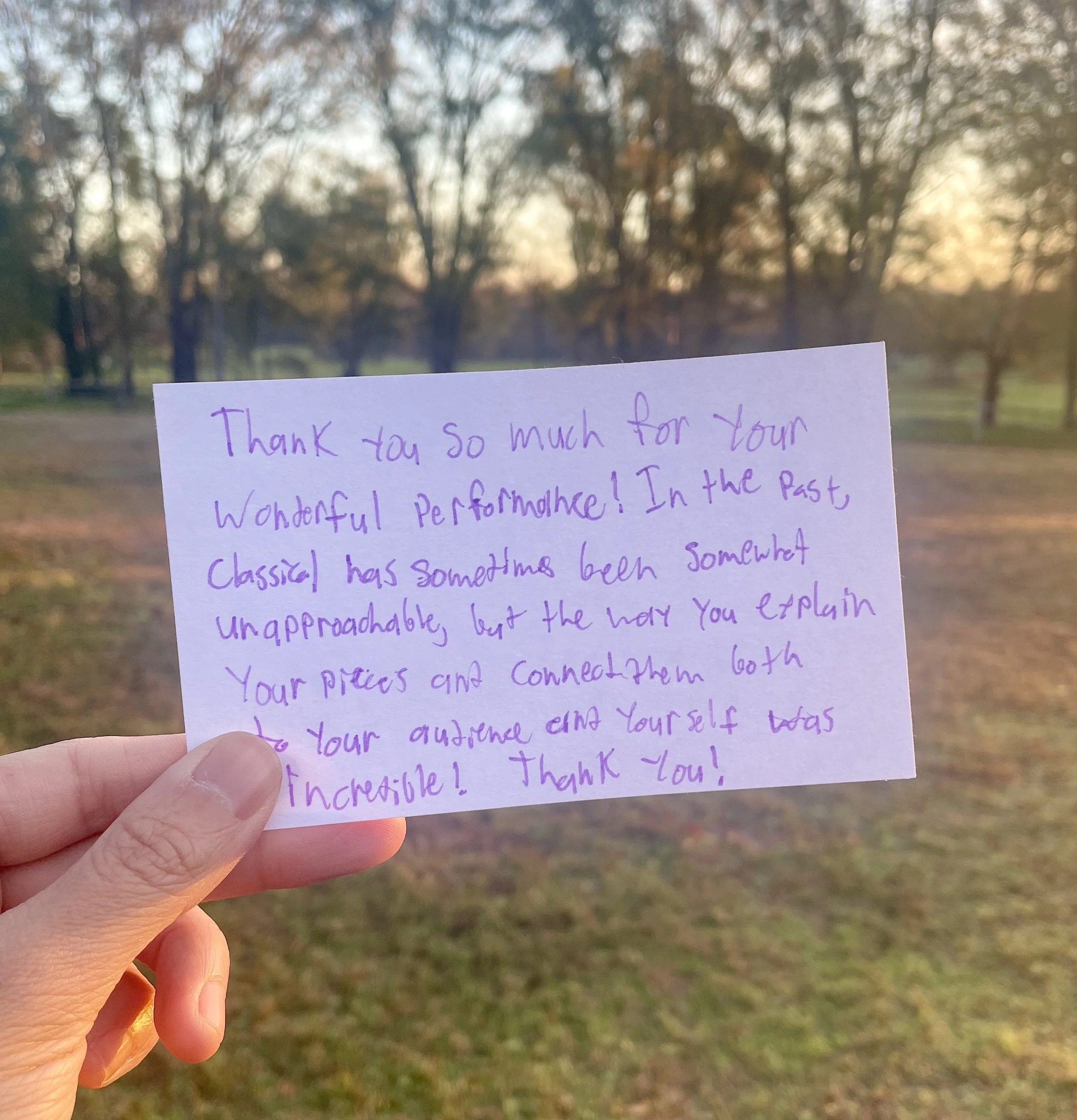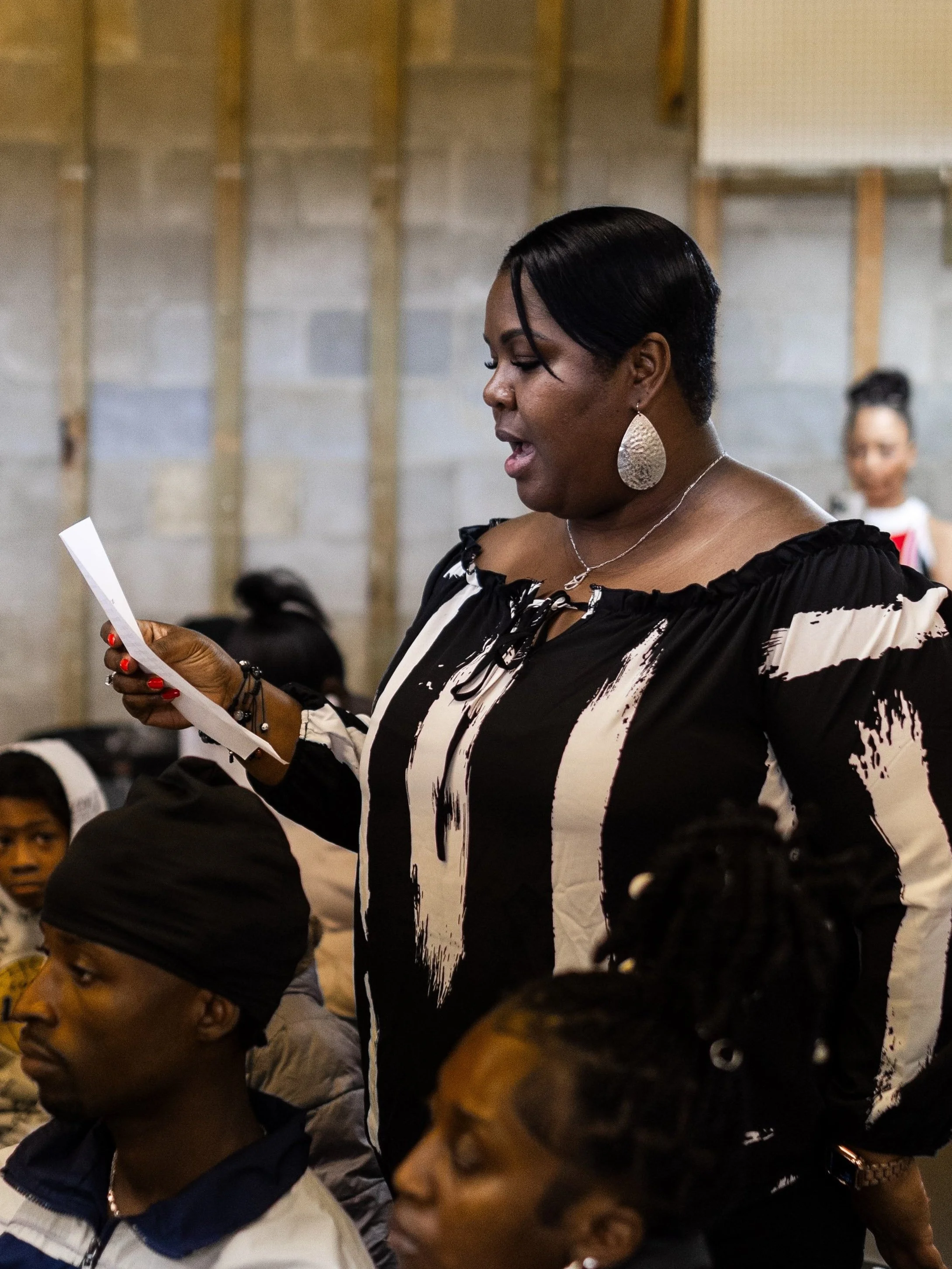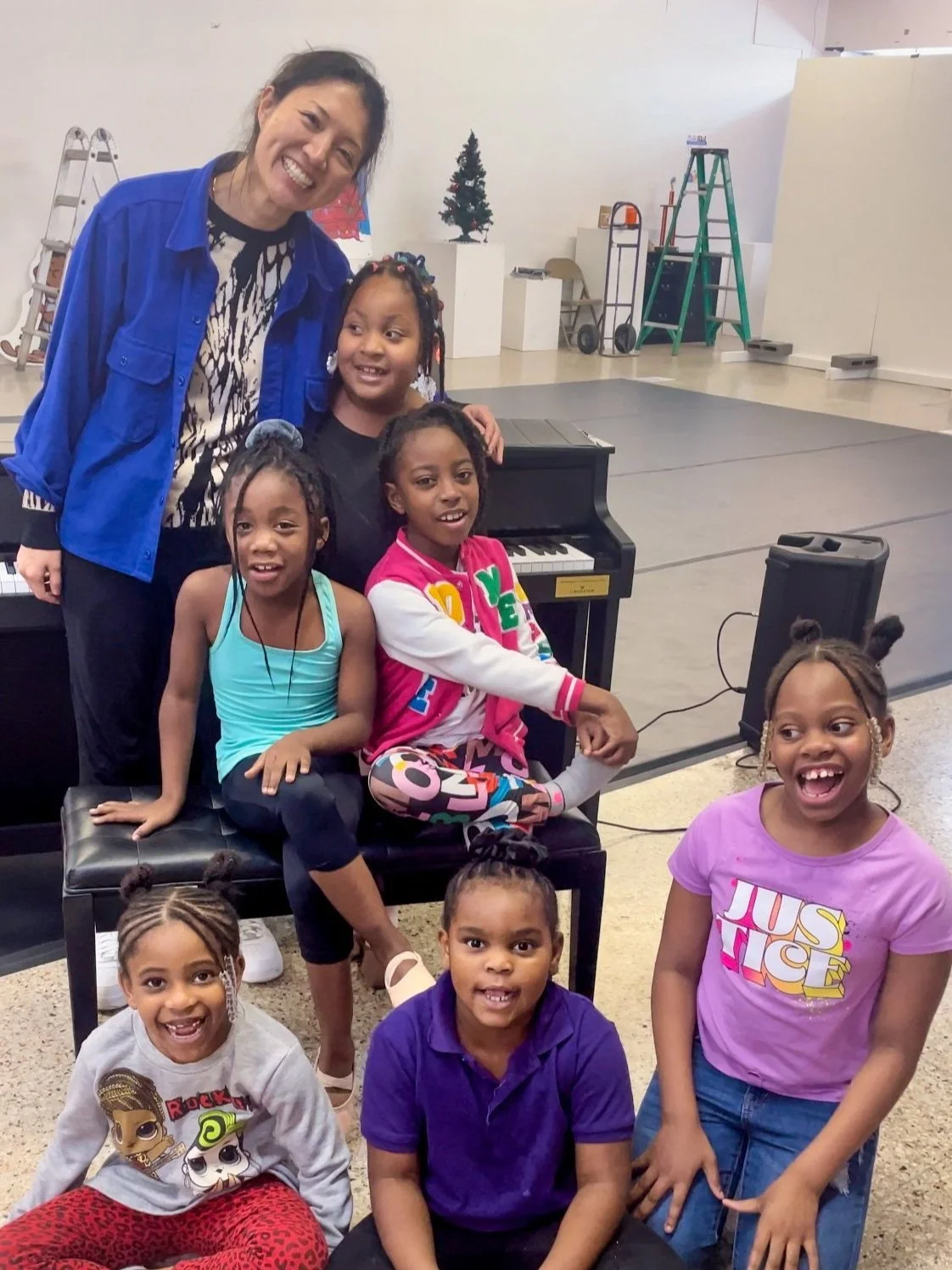YORK, ALABAMA
December 1&2, 2023
Presenter: Coleman Center for the Arts
Population: 2400
Race: 90% Black, 9% white
42.7% below the poverty line
I had decided to spend most of this tour in the Black Belt region of Alabama. Named for its rich, fertile soil, where cotton plantations and slavery thrived, it is a majority Black region and where Alabama's poorest counties are located.
[blog continued after photos]
photos by Will McLelland
To set the scene here - during my research, I came across this horrifying Guardian article about the town of Newbern in the Black Belt (population 130). Although Newbern is 80% Black, it’d never had a Black mayor - until 2020, when Patrick Braxton decided to run for mayor and won. The incumbent mayor refused to accept this, and changed locks on town hall to keep Braxton out. More seriously than this pettiness, Braxton’s Black campaign manager had their house burned down with death threats, among other incredible details that are in the article.
So, my tour started off in York, Alabama, 50 miles west of Newbern and almost at the Mississippi border. Dr. Marguerite Hinrichs (“Dr. M”) was the first one I had contacted in Alabama because her organization, Coleman Center for the Arts, really stood out in my research. In this small rural city, CCA has an oversized presence, owning several properties including a gorgeous gallery, dance studio, and artist studios. They invite national caliber artists to their residency program as well as provide regular programming that uplift the artistry of locals and invests in their youth.
Now, I’m a Japanese person who was raised in white suburbs and then went to classical music schools surrounded by white folks and Asians. To be perfectly honest, I feel like a fish out of water in Black culture. For one, it is embarrassingly difficult for me to comprehend the Black southern accent. (I blame it on the fact I’m not a native English speaker.) But with shiny new white Nike Air Force 1s on my feet as a feeble attempt to fit in, I was excited to spend a few days in York. I wondered how people would respond to my presence, and if anyone would come to a classical piano concert.
Dr. M worried too about an empty concert. As a great community leader, she thought about how we could give back to the community in a more relatable way than simply “performing a free classical concert” which doesn't necessarily have a value proposition. We decided the CCA ballet class kids would perform with me, as well as Dr. M’s daughter Layla, an accomplished 15-year old dancer.
I got to spend quality time with a few different people from York over the course of my stay, who generously shared their perspective on life in their town. I was staying near the railroad tracks with no train station - a train would come speeding through every couple hours, blasting its horn regardless the hour of the day. Apparently, a young boy had been tragically killed by a train not long ago. Many buildings in town are completely dilapidated, in sharp contrast with the vivacious, welcoming buildings filled with art. I found out that York used to be a thriving town and a shopping destination, with a train stop. When integration happened and white flight ensued, so too did the businesses leave, as they were owned by white folks. Despite organizations like CCA, small businesses, and community leaders making names for themselves, it is still today a constant uphill battle here with a sheer lack of resources including subpar infrastructure and education. I imagine that a mostly Black city regularly faces systemic hurdles. As if there isn’t enough reminder around town of its racial history, in a park lies an outdoor pool filled with cement. When segregation was outlawed, the white people filled the pool with cement, declaring they’d rather fill it than share it with Blacks.
The afternoon air of the concert was humid and celebratory - the town Christmas parade had just happened. Dr. M assured me that at least we’d have 50 butts in seats since the parents of the CCA ballet kids would have to be in attendance. I don’t love the idea of semi-forced attendance, but beggars can’t be choosers. But to everyone’s surprise, another 50 people showed up! Dr. M said she didn’t even know some of the attendees - a rarity in a small town - and that this was the most well attended CCA event in recent history. I was especially happy that my new concert program worked out as intended. I was featuring majority Black composers, but none of them were from Alabama specifically. So, I paired each musical set with a poem written by an Alabama writer. Audience members recited these poems. To hear the poems read by York residents (with thick Black Southern drawls), and the audience’s visible reactions to them, achieved my vision of connecting classical music to the identity of my audiences.
photo by Will McLelland
My favorite moment was when a small boy - maybe under 10 years old - volunteered to recite. “Are you sure?” I asked, a little weary that he would stumble through the reading; I unfortunately only had the longest poem of the program left when he volunteered. He nodded determinedly. And indeed, he did a fabulous job, with CCA staff peering over his shoulder to give him help with big words when necessary. We all burst out in cheers when he was done.
And so, my first tour stop ended. I had already received so much more than I expected out of the entire tour; I could only guess what the rest of the trip had in store!
